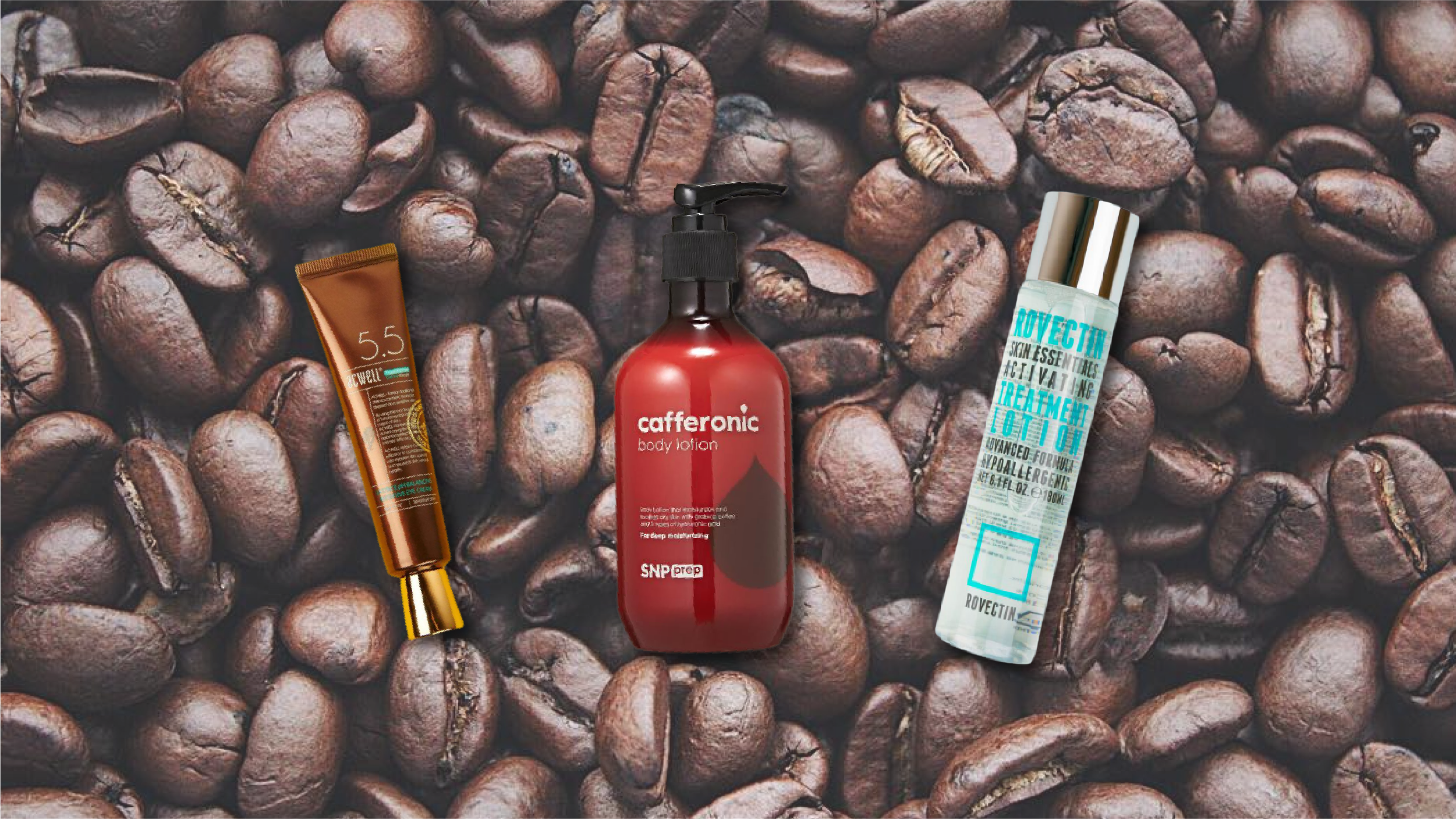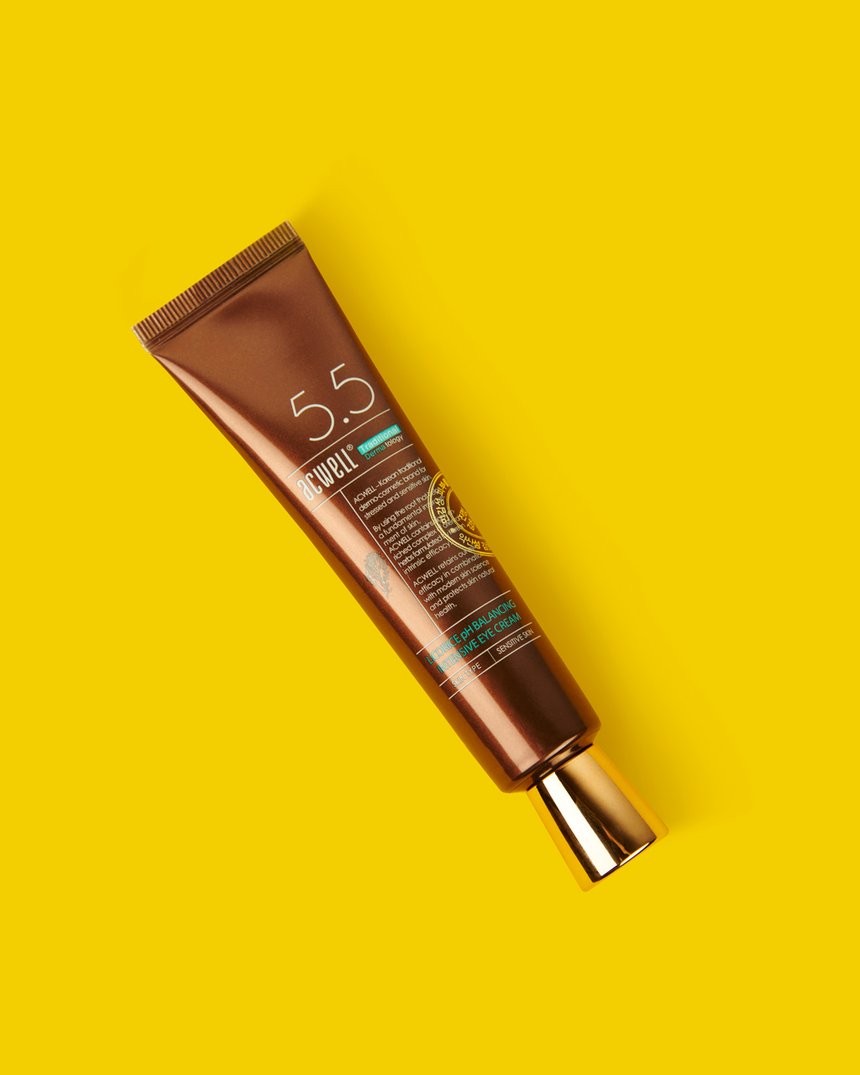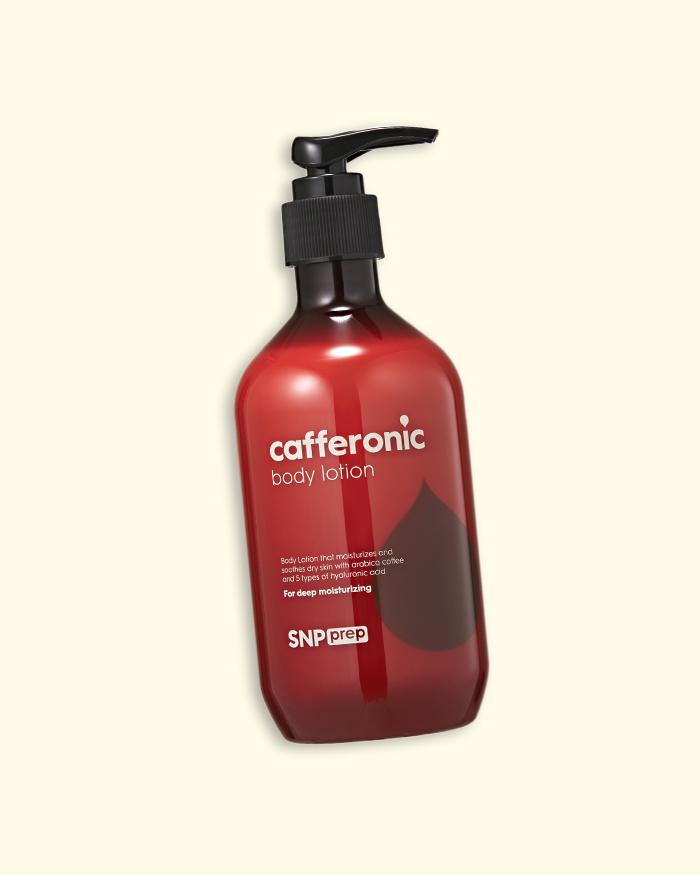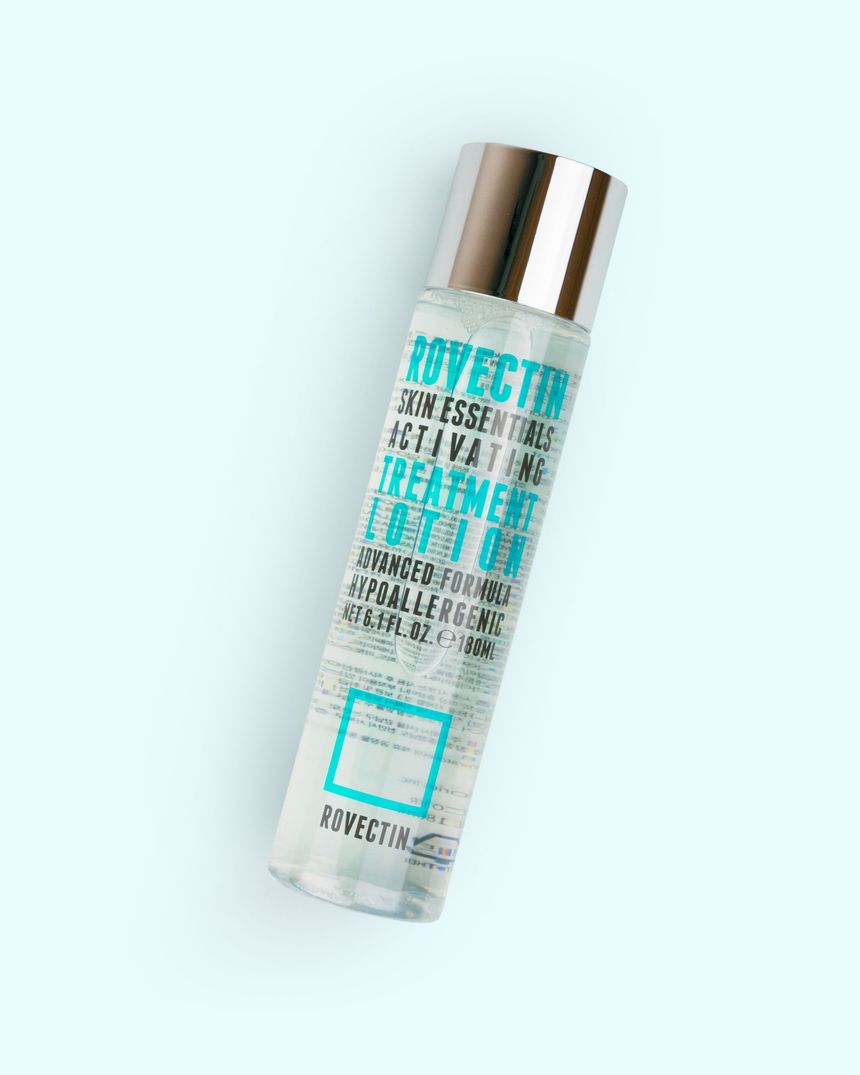We’re looking into what makes caffeine in skin care products just so special.
I have this persistent, soft-focus fantasy of being the kind of person who wakes up bright and early every morning, ready to take on the day; the kind of woman who gets her energy from sun salutations before work and sucks down green juice and lemon water without ever falling prey to the 3pm slump; the kind who credits their clear skin and shiny hair to clean living and never, ever touching caffeine.
This is not the kind of person I actually am, as the mid-afternoon espresso shot I’m currently nursing can attest, and if we’re being honest here, it’s probably not the kind of person you are either. After all, studies suggest that over 90% of Americans consume some form of caffeine daily, with half of us taking in 300 milligrams (2-4 cups of coffee’s worth) or more.
Of course, caffeine has made its way into a lot more than cups; in fact, you’re almost as likely to find it in your face creams as you are to pour cream in your coffee. But while you know what caffeine does inside of your body (makes sure you don’t fall asleep on your keyboard after lunch) do you actually know what it’s doing when you apply it to your skin?

Caffeine’s effect on skin:
Applied topically, caffeine has a couple of different effects, the big ones being vasoconstriction, diuretic effects, and free radical fighting.
Vasoconstriction, in case you skipped out on high school biology like I did, is the (temporary) shrinking of blood vessels; it’s what happens in your eyes when you put in drops to “get the red out.” On skin, that helps out with ruddiness and flushing, but it also can give you a serious leg up in the undereye area if you have particularly pale or thin skin that’s prone to dark circles. That amazing shrinking action can also go to work on your pores, making them look smaller and the surface of your skin look and feel firmer.
Speaking of firmer, if you’ve ever seen body creams that tout their cellulite diminishing power, it’s a fair bet you’ll find caffeine somewhere on the label. That’s thanks in part to vasoconstriction, but also to caffeine’s diuretic effects, which allow it to dehydrate fat cells for a short period of time, making the skin look smoother. On your face, that same effect lets caffeinated skin products purge puffiness, especially the kind you get first thing in the morning around the eye area. Noticing a trend here?
The last major contribution that caffeine makes for skin care is in its antioxidant benefits. While there’s limited data on exactly how much free radical busting topical caffeine brings to the party, animal studies have shown that the buzz-bringer can fight against the effects of UV damage, while one Harvard study found that people who drink coffee have a reduced risk of skin cancer compared to caffeine avoidant types. And since caffeine along with other antioxidant powerhouses like flavonoid-rich green tea, and this is one time you can feel good about working more caffeine into your routine.
Product recommendations:
If you’re ready to give your skin a wakeup call, one of our favorite caffeine-infused products is the Licorice pH Balancing Intensive Eye Cream from Acwell. The hydrating formula also features licorice water and licorice extract to brighten dark circles and hyper-pigmentation. Peptides and antioxidant-rich ingredients like glutathione, green tea and blueberry extract provide anti-aging benefits and caffeine tightens and reduces inflammation and puffiness.
The SNP Cafferonic Body Lotion is great body care formula that loops in the benefits of caffeine thanks to arabica coffee. It provides a a lightweight layer of hydration with 5 different types of hyaluronic acid, ceramides, and shea butter while the caffeine works to firm up the barrier and provide an antioxidant boost.
Looking for a caffeinated essence? The Skin Essentials Activating Treatment Lotion by Rovectin hydrates, firms, exfoliates and soothes skin in just one step. The formula features a hydrating barrier repair complex to boost the skin’s natural barrier. Other key ingredients are seven different types of hyaluronic acid, natural enzyme exfoliants to speed up cell turnover and caffeine extract to depuff!
+Do you use caffeine in your skin care routine? Let us know which products you recommend below!




